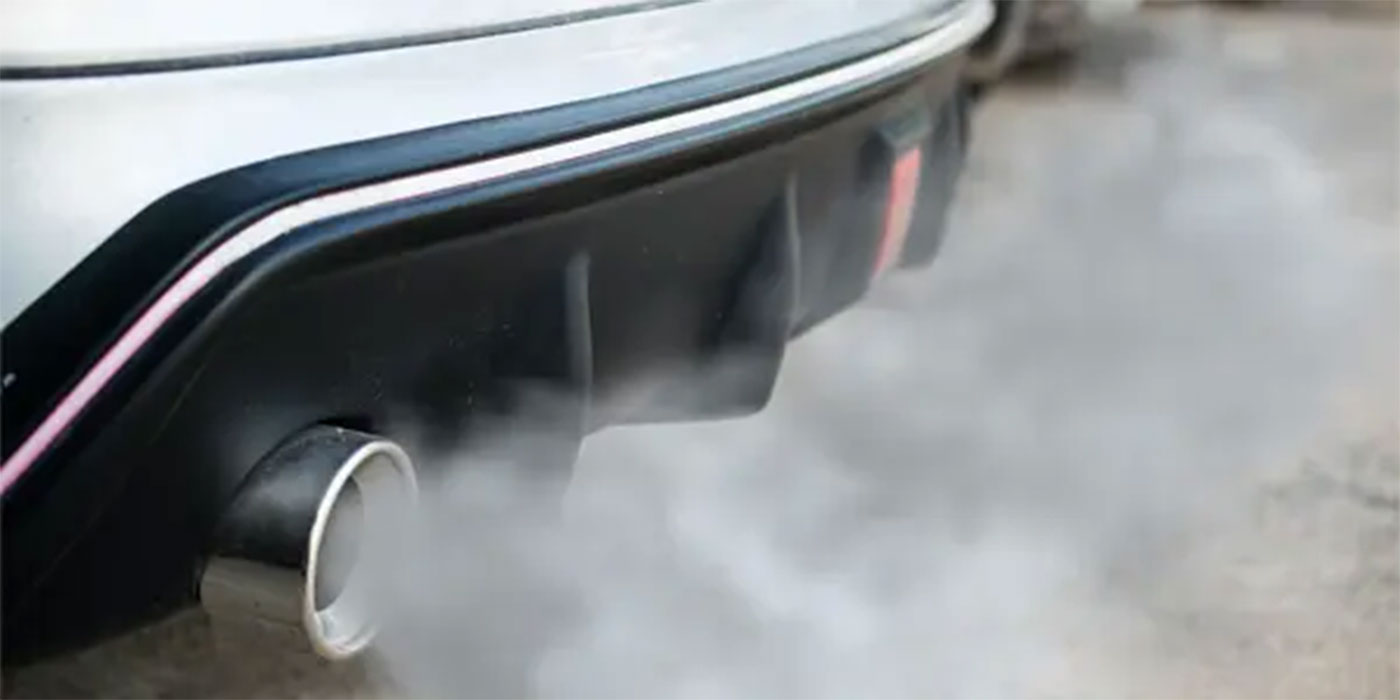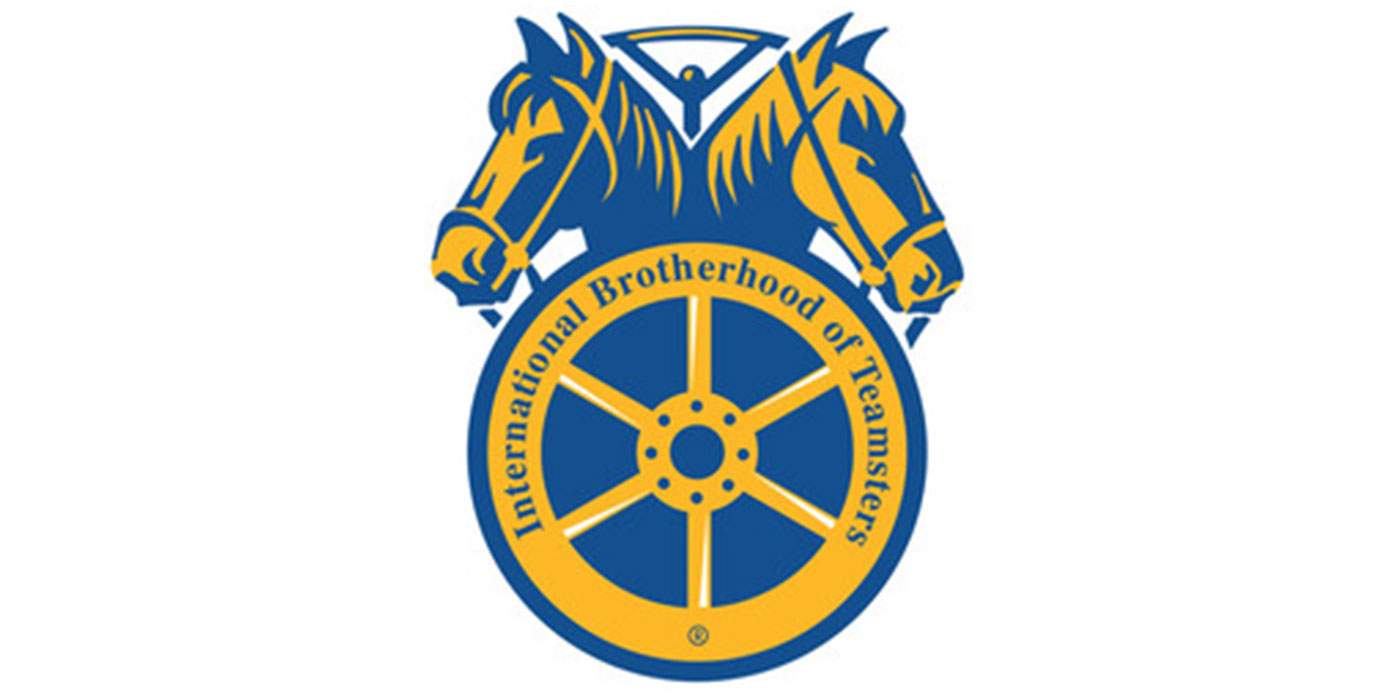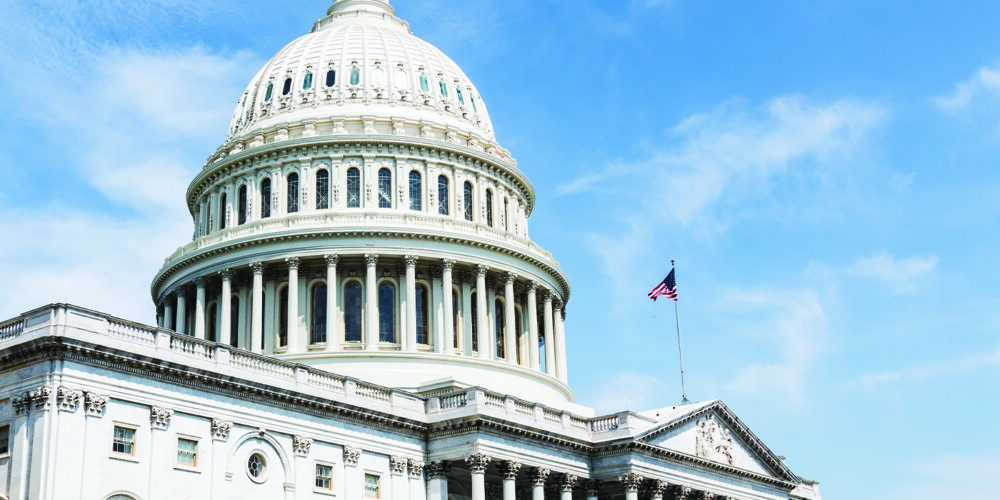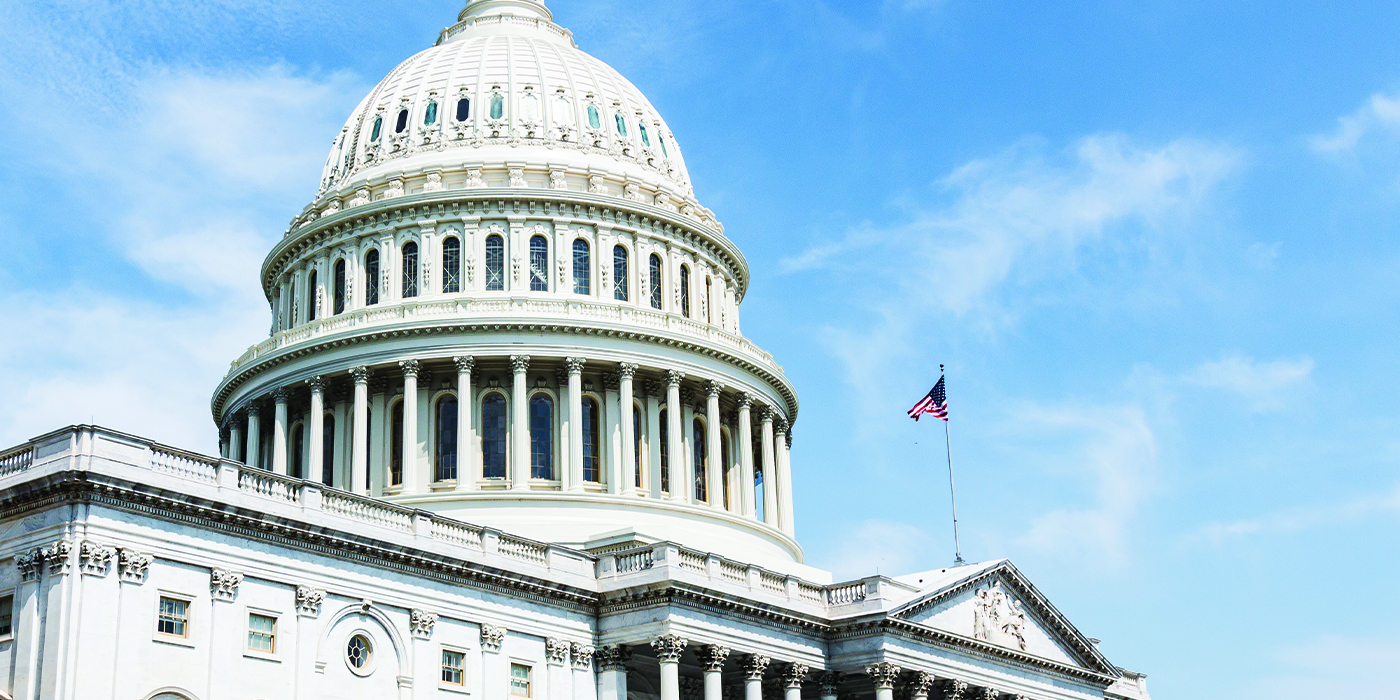In its most recent research note, BB&T Capital Markets discusses its thoughts on the proposed "Cash for Clunkers" (CFC) legislation. The note looks at the potential number of vehicles that may ultimately be scrapped, the impact on the aftermarket as a whole, as well as the anticipated impact on overall new vehicle sales levels. BB&T also digs deeper into some of the differences between the programs enacted in Europe (particularly in Germany), that appear to have had some measure of initial success, and the provisions currently included in proposed U.S. legislation, which BB&T believes would not provide a similar lift to new vehicle sales.
“Cash for Clunkers” is the name commonly ascribed to a wide range of accelerated vehicle scrappage legislation. There are currently two CFC bills in Congress: Sen. Diane Feinstein’s proposed Accelerated Retirement of Inefficient Vehicles Act of 2009 (ARIVA) and Rep. Betty Sutton’s Consumer Assistance to Recycle and Save (CARS) Act.
In the BB&T Capital Markets Research Note on CFC, the firm writes:
“We see more bark and less bite when it comes to CFC implications on traditional aftermarket participants. Some investors have expressed concern that CFC legislation would result in a stream of new vehicle sales with lower maintenance and service requirements, at the same time that older autos with higher maintenance and service
requirements would be removed from the vehicle PARC—in turn reducing aggregate demand for this sector. On its face, there would seem to be elements of truth to this argument inasmuch as older vehicles do require greater levels of ongoing spending. However, there are three questions to be answered in determining the potential implications of this legislation: (1) how many vehicles are likely to be scrapped and what level of new vehicle sales would be spurred as a result; (2) will this really move the needle when we are seeing the lowest level (roughly 10M SAAR) 0f new vehicle sales since the early 1980s; and (3) what is the impact to the automotive aftermarket from the removal of these “clunkers” from the car PARC.
“Remember, many of these autos are likely in the hands of lower-income individuals, perhaps already placing a downward bias on the amount of true aftermarket spending seen on these units. We acknowledge that the recent introduction of accelerated vehicle retirement programs in various European countries has served as a catalyst to new vehicle sales. In Germany, new passenger car registrations increased roughly 22 percent and 40 percent in February and March, respectively. However, in our opinion, the majority of the spike in new vehicle sales was not tied solely to the €2,500 environmental bonus (similar to the vouchers proposed in the United States) from scrapping vehicles nine years old or older. Instead, we believe that motor vehicle tax reform—in addition to uncertainty on the part of many German motorists as to the timing and expiration of these government programs, contributed to a much larger degree. As such, we believe that the CFC legislation in the U.S. Congress, which in its current form solely specifies conditions for the provision of vouchers, is far less likely to generate a similar, material pickup in new auto sales.
“So, what’s the impact? To be conservative in assessing the impact of such a program on the traditional U.S. aftermarket, let’s assume for the time being that as many as 500,000 to 1 million vehicles are scrapped annually (on top of the more than 10 million vehicles typically removed from PARC each year in the U.S.), and “replaced,” one half by new cars (add back to total registrations) and one half by used cars. On top of the -9.8 million SAAR seen in March, we would still be looking at roughly 10.3 million new light vehicles to be sold on an annual basis. A sustained light vehicle sales rate of 10–11 million would also still be the lowest level seen in a quarter of a century. Assuming that a full 1 million units are scrapped specifically as a result of CFC-type legislation, coupled with an incremental 500,000 new units sold, the removal (net) of 500,000 vehicles annually from the U.S. auto PARC would represent a reduction of 20 bps on a base of more than 245 million vehicles in operation — hardly enough to move the needle, in our opinion. In addition, should the CFC program be structured to receive multiyear funding, we believe that the amounts of the vouchers would have to be increased as time progressed in order to maintain a steady stream of vehicles to be scrapped. Simply put, as the supply of ‘clunker’ vehicles is diminished through accelerated scrapping, we expect prices to gradually increase, in time reducing the chances that a consumer would receive more from a voucher as opposed to selling the car in the used car market.”










